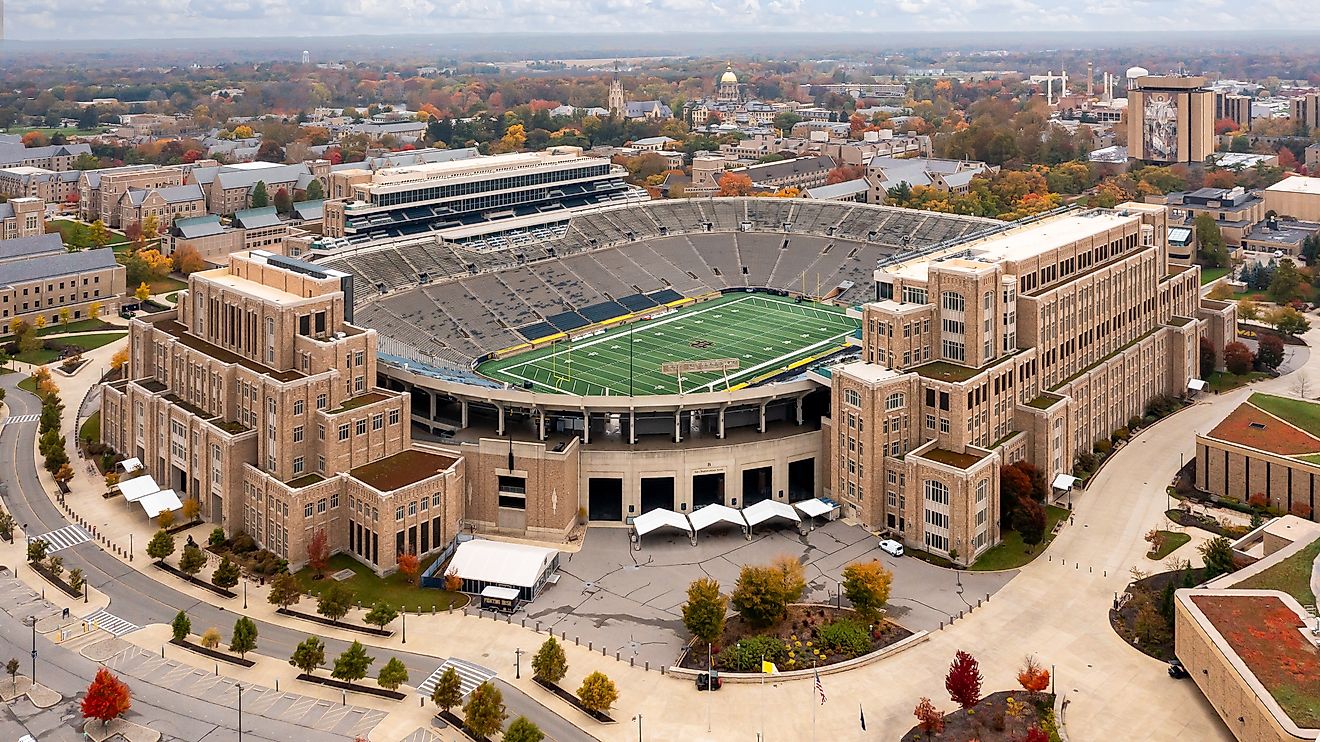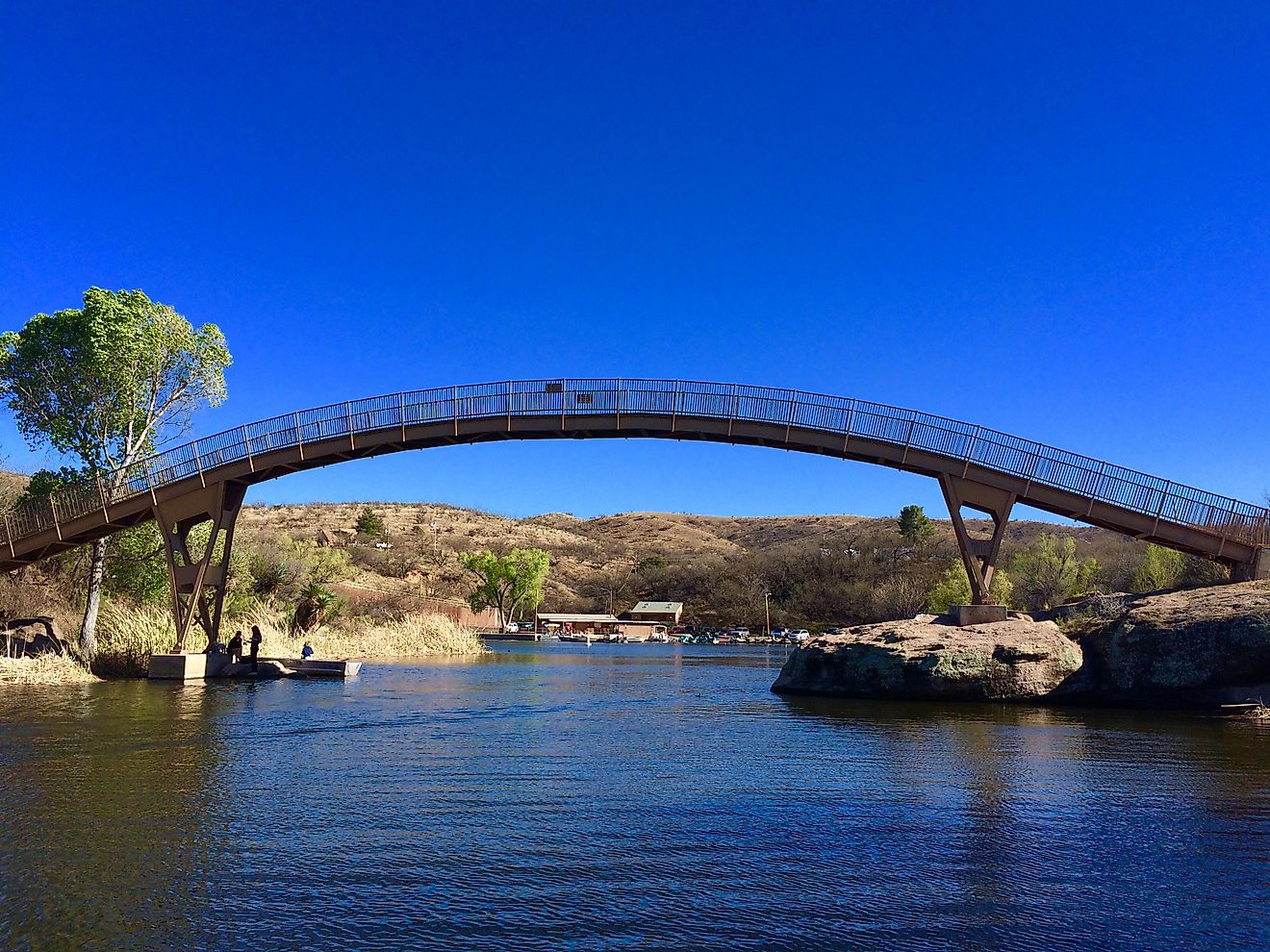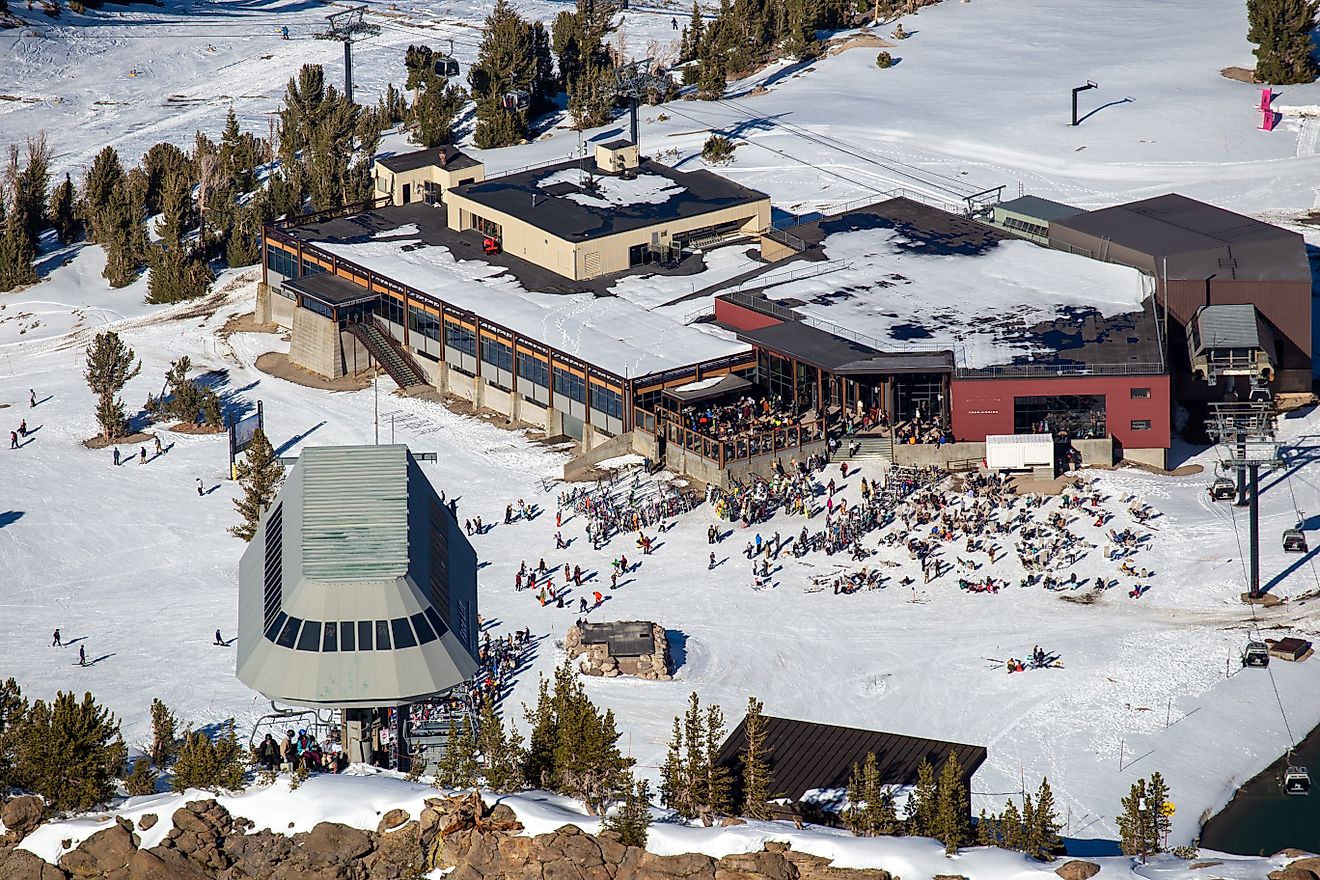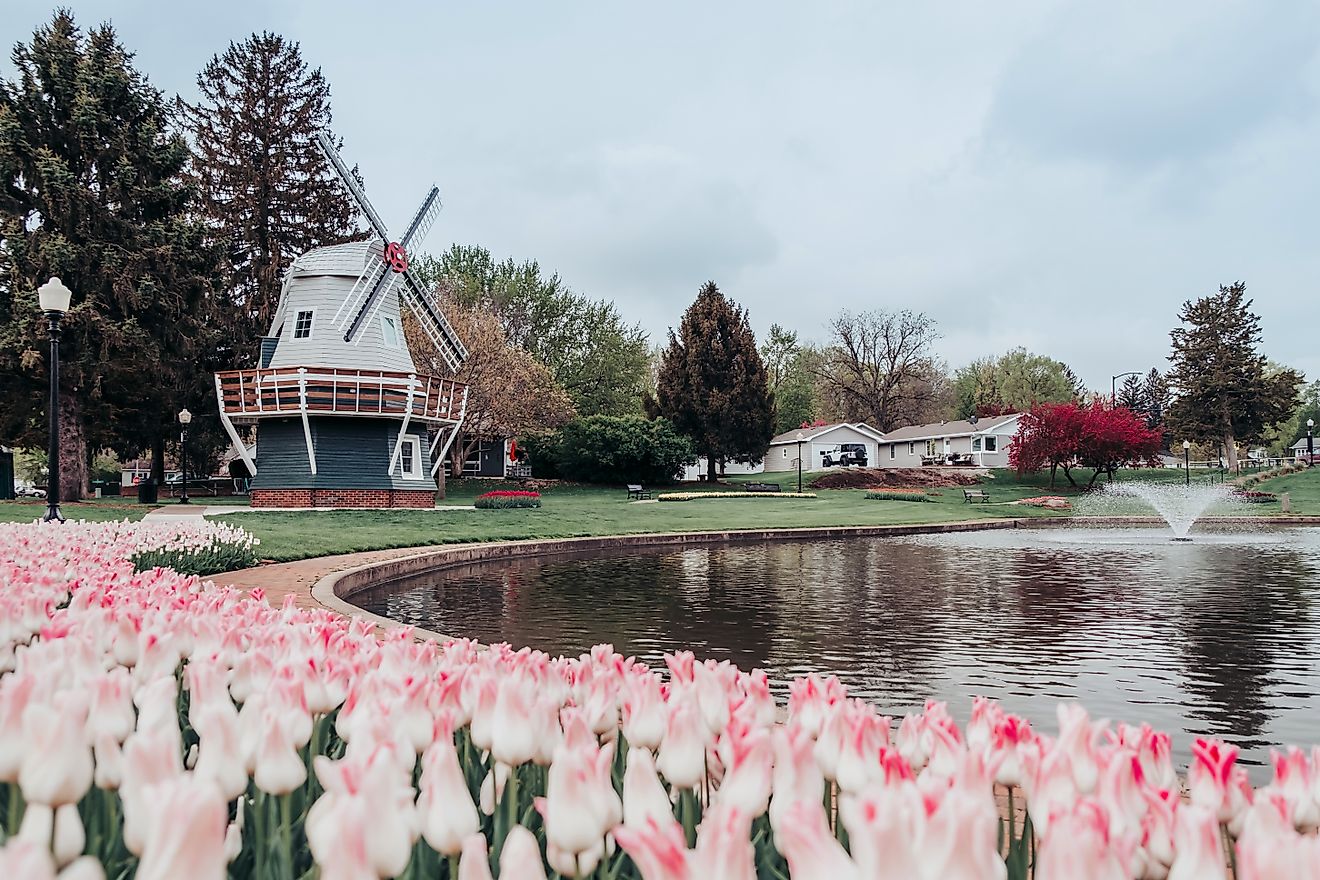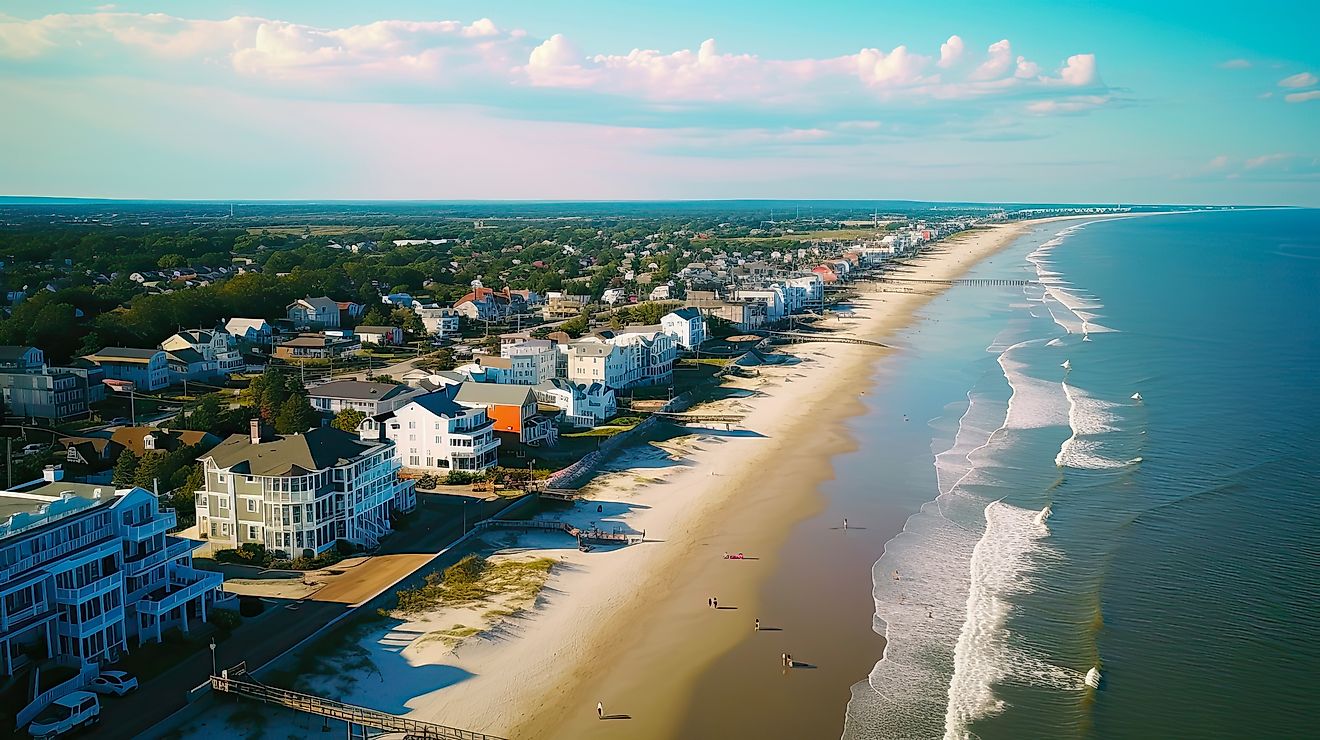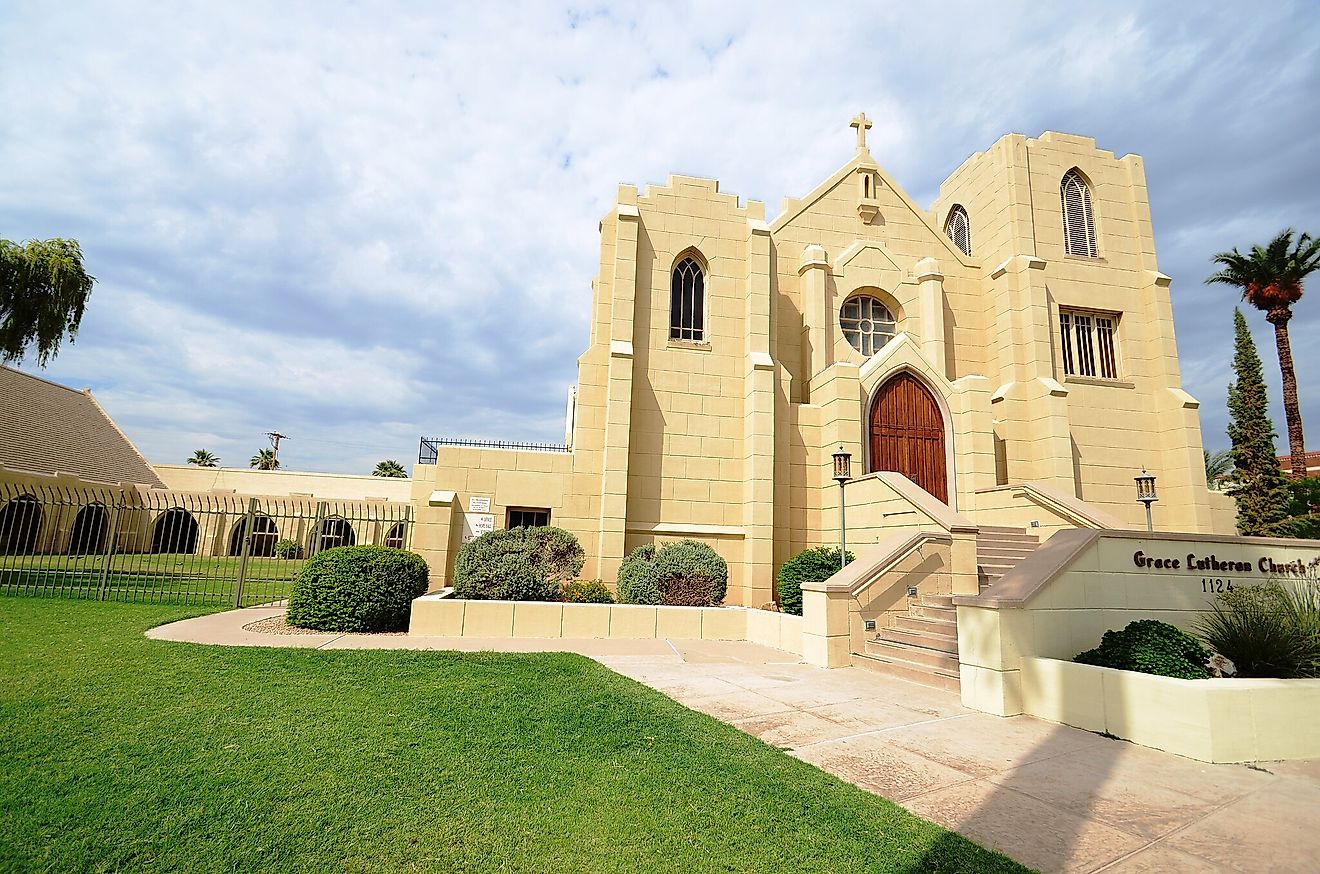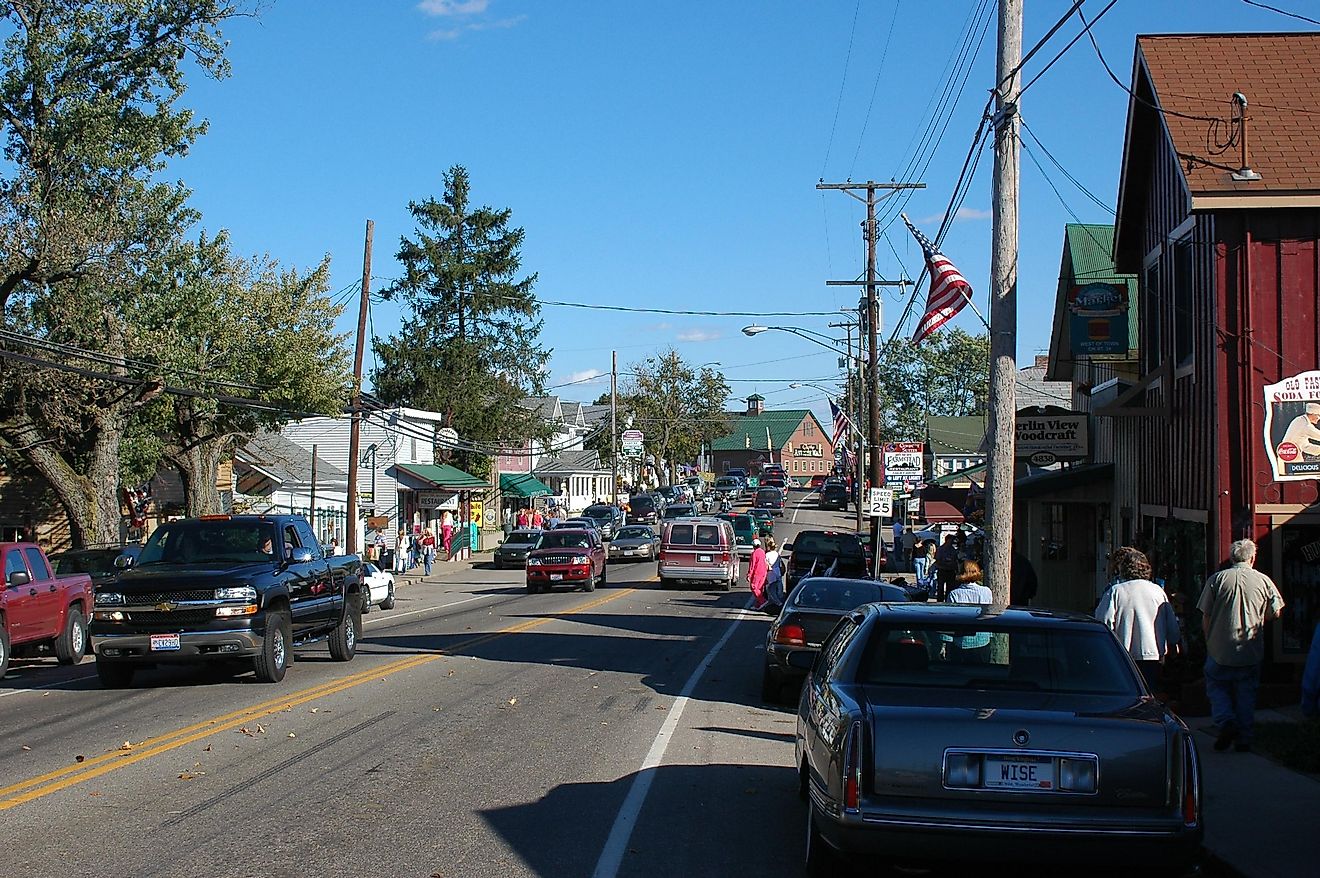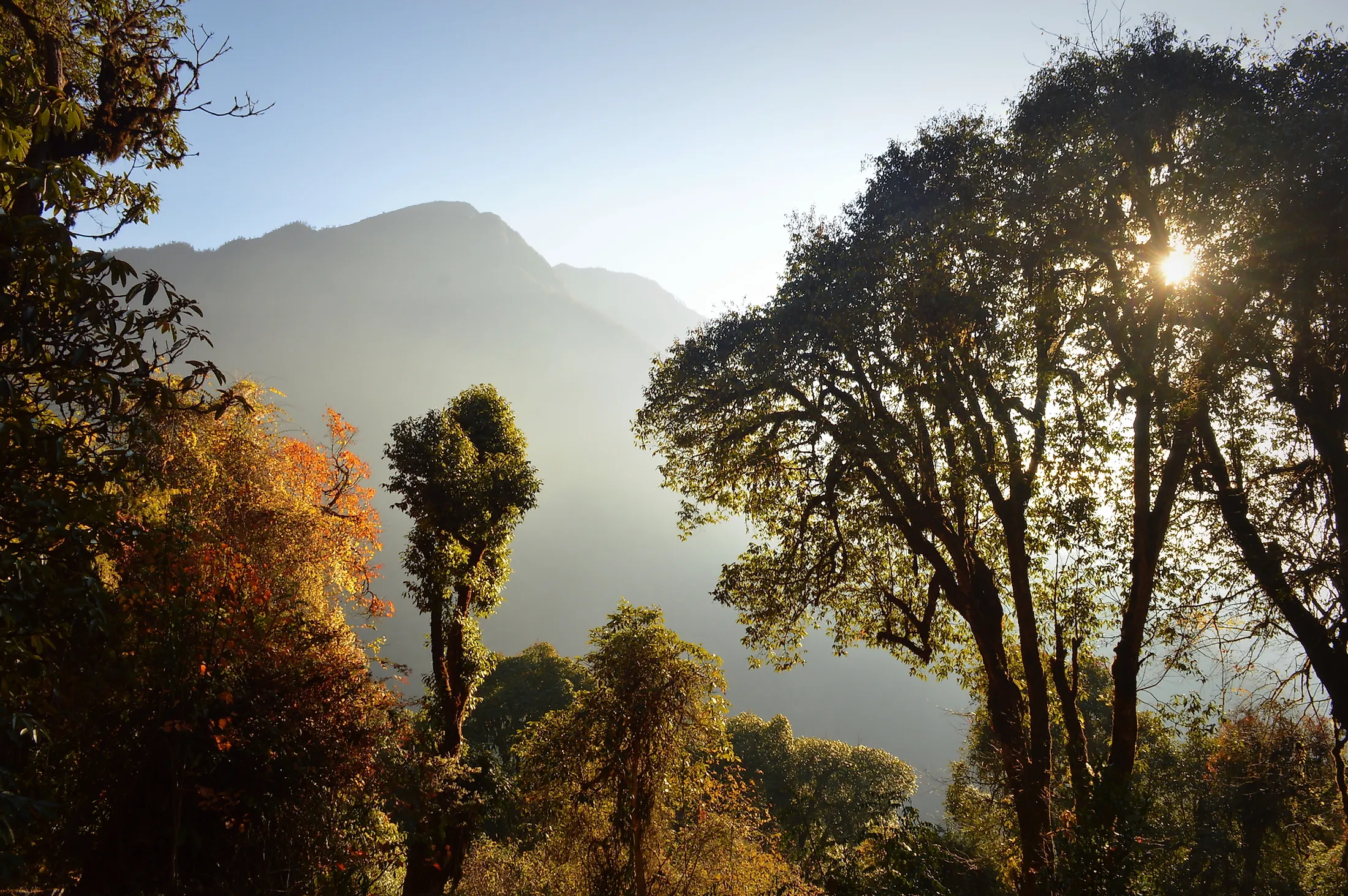
Khangchendzonga National Park
Covering an area of 3,287,263 sq. km, India is the world’s 7th largest and the 2nd-most populous nation. India is also one of the 17 megadiverse countries in the world and harbors more than 8% of the global biodiversity. About 21.67% of India’s land area is covered by forests and the country is blessed with a rich natural heritage, four biodiversity hotspots, and distinctive cultural and traditional knowledge.
Currently, there are about 1,092 UNESCO World Heritage Sites throughout the world, and India alone hosts 38 of these World Heritage Sites. Situated in the mountainous landlocked Indian State of Sikkim, the Khanghendzonga National Park (also known as Kanchenjunga National Park) was designated as a UNESCO Mixed Heritage Site in 2016. It is one of the first such sites in India that has been recognized both for its natural and cultural significance. The National Park has been named after Mount Kangchenjunga (Khangchendzonga) – the world’s 3rd highest mountain peak.
Geography
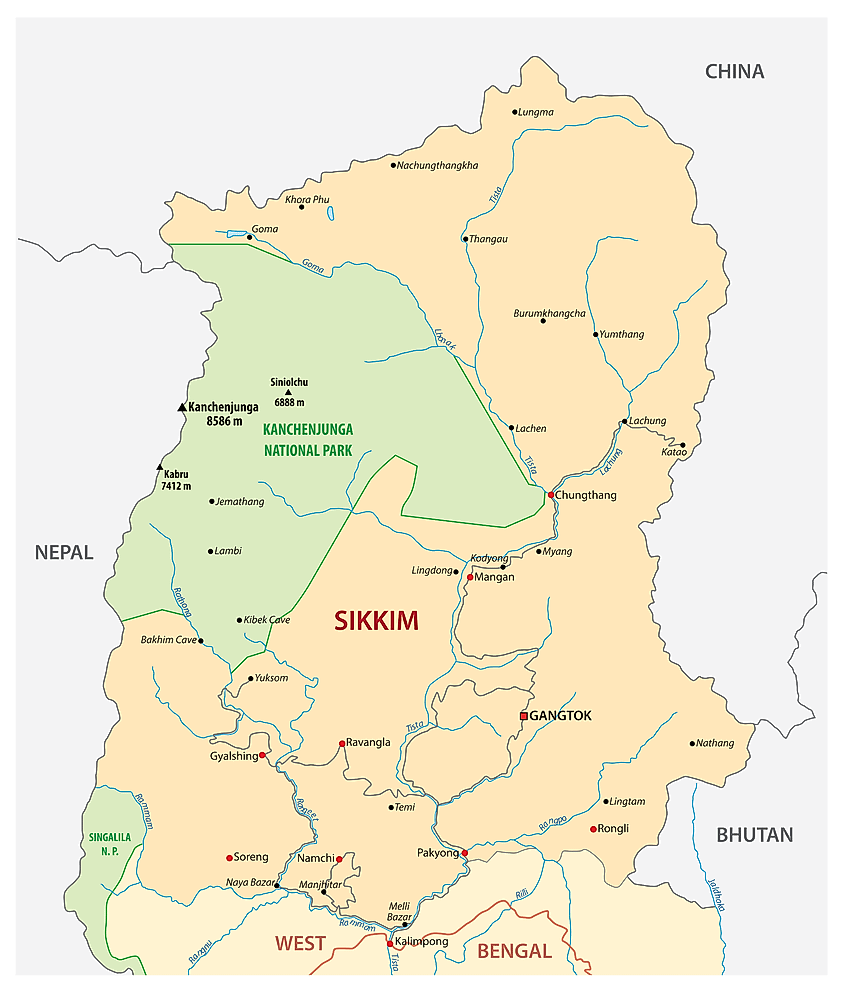
Situated at the heart of the massive Himalayan Mountain Range in the Indian State of Sikkim, the Khangchendzonga National Park, stretches from the cold desert of Lhonak valley in North Sikkim to the town of Yuksom in West Sikkim. Established in 1977, this high-altitudinal park initially covered an area of 849.5 sq. km and is located about 1,220m above sea level. The park was later extended and currently covers an area of 1,784 sq. km, occupying about 25% of Sikkim’s geographical area. The National Park is adjoined by Tibet’s Qomolangma National Nature Preserve in the north and by Nepal’s Kangchenjunga Conservation Area in the west.
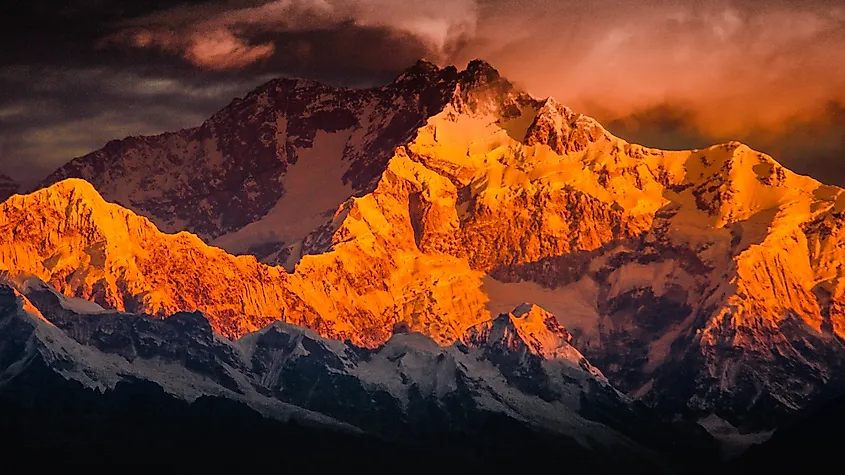
Among all the world’s protected areas, the Khangchendzonga National Park displays one of the widest altitudinal ranges and a vertical sweep of over 7km within its comparatively small area. The park represents the protected core area which is nestled within the Khangchendzonga Biosphere Reserve of the Eastern Himalayas. The Khangchendzonga Biosphere Reserve forms a part of UNESCO’s World Network of Biosphere Reserves. The Khangchendzonga National park exhibits a unique diversity of flat plains; steep valleys; about 18 long glaciers (including the massive Zemu Glacier) and 17 alpine lakes; as well as the beautiful snow-capped mountains of Mount Kangchenjunga and its associated peaks. The sacred Tholung Monastery is located in the buffer zone of the National Park.
The Khangchendzonga National Park experiences a pleasant climate during the summer season from April to May. The park receives its monsoon showers from May to the mid of October and quite heavy snowfall during the winter months.
Flora And Fauna
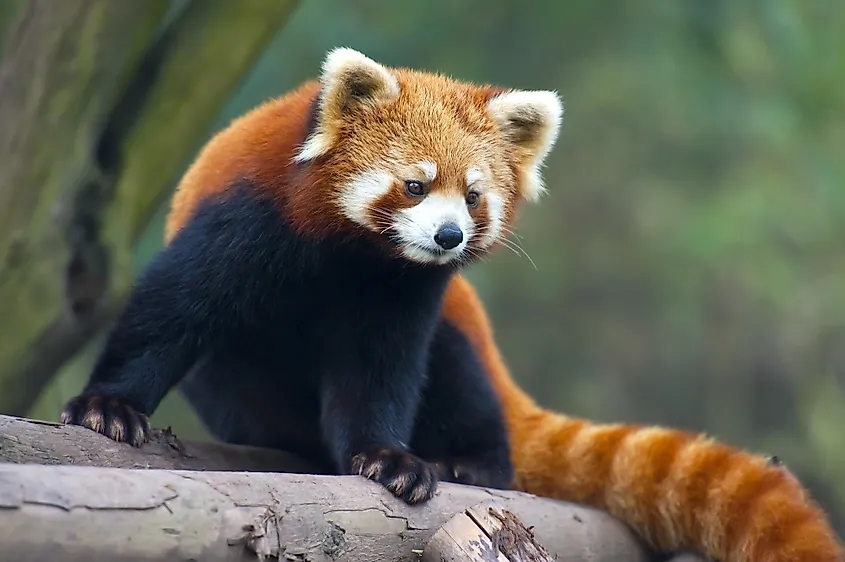
The Khangchendzonga National Park is located within the Eastern Himalaya global biodiversity hotspot and features a range of sub-tropical to alpine ecosystems. The park’s natural vegetation includes temperate broadleaf and mixed coniferous forests comprising of various floral species such as birch, conifer, maple, oaks, ferns, and willow. In addition to this, the park also supports approximately one-third of India’s flowering plants, rare orchids, and rhododendrons. The National Park also hosts the widest zone of ‘stunted forest’ in the entire Himalayan region. It has been estimated that about 422 species of medicinal plants are found in the Khangchendzonga National Park.
Some of the notable mammal species that are found here include the endangered red panda, snow leopard, Himalayan black bear, civets, Himalayan tahr, Tibetan wild ass, takin, sloth bear, musk deer, goral, Himalayan blue sheep, serow, Tibetan wolf, etc. Other animals like the part-colored flying squirrel, pika, and reptilian species like Russell’s viper and rat snakes are also found here.
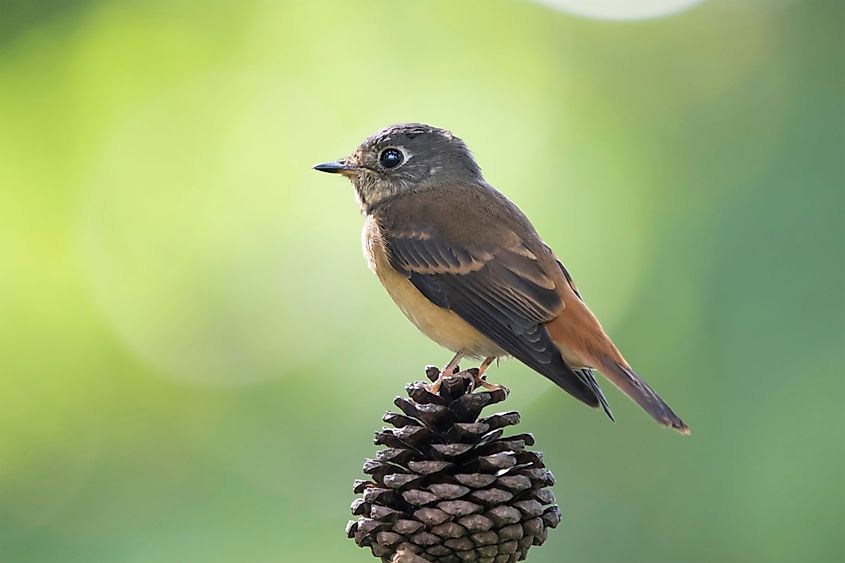
More than 550 avian species are found in the Khangchendzonga National Park. Some of the significant birds that are found here include Blood pheasant, Himalayan forest thrush, Tibetan snowcock, Western tragopan, satyr tragopan, green pigeon, eagle owl, falcons, griffon, impeyan pheasant, Himalayan monal, Asian emerald cuckoo, lammergeier, black-browed leaf warbler, whit-naped yuhina, etc.
Time Of Visit
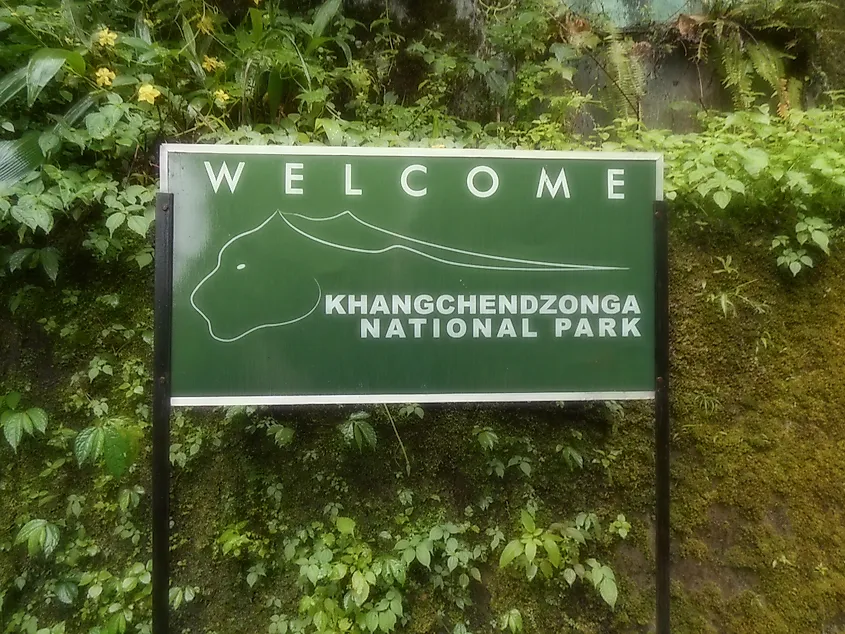
The best time to visit the Khangchendzonga National Park is from April to May and from September up to the mid of December. Bagdogra Airport in the neighboring Indian state of West Bengal is the nearest airport and one can reach the national park by car from the Airport. Prior permission has to be taken from the Chief Wildlife Warden of the Government of Sikkim for visiting the Khangchendzonga National Park
